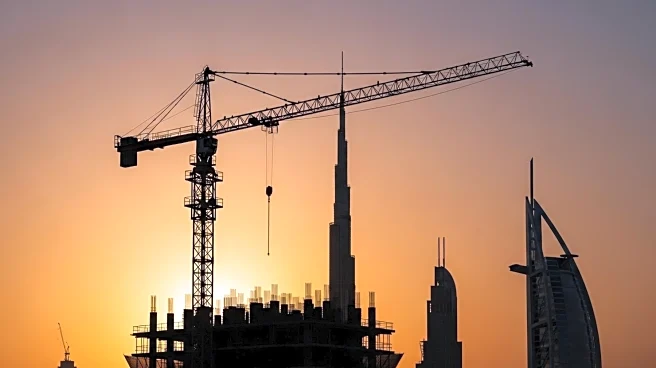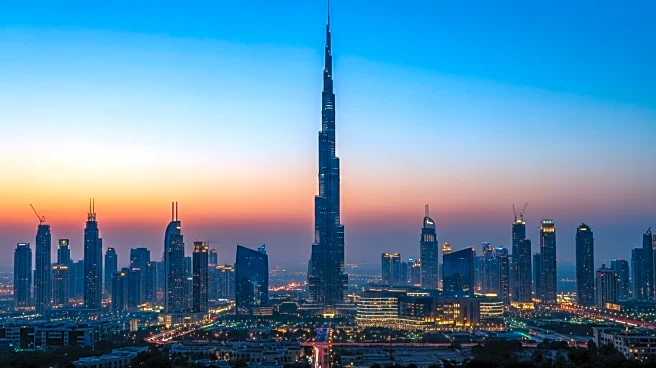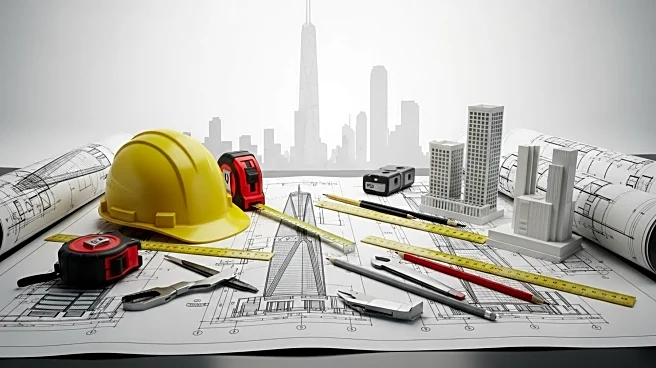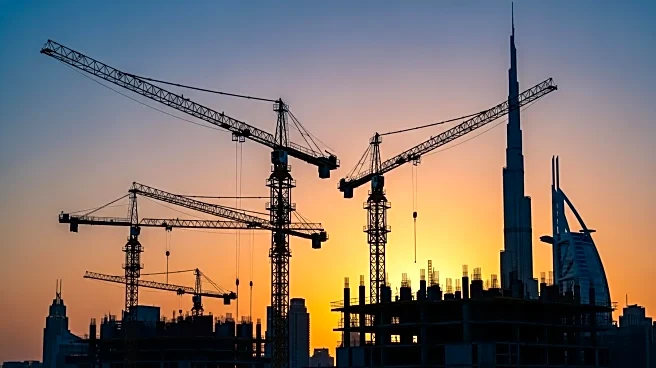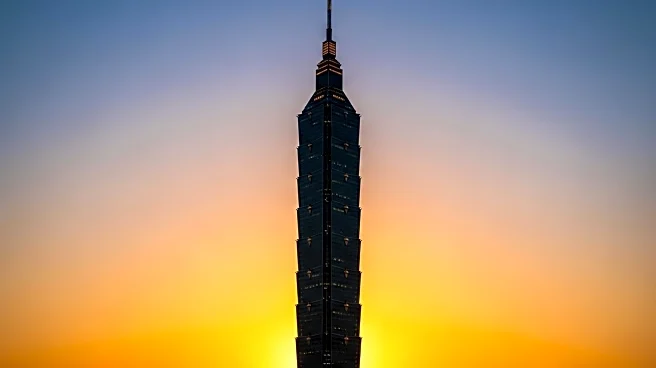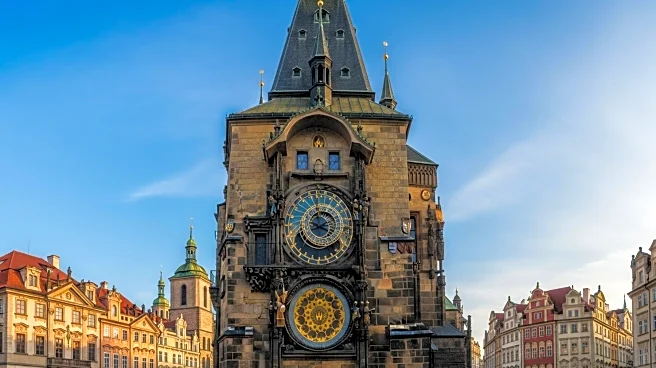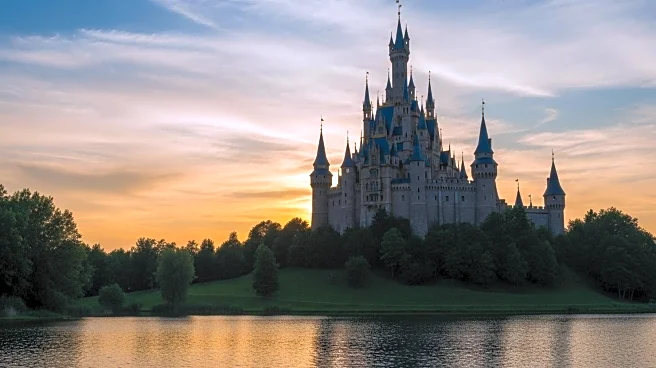The Burj Khalifa stands as a monumental achievement in architectural design and engineering, marking its place as the tallest building in the world. Completed in 2010, this skyscraper in Dubai, United Arab Emirates, reaches a height of 829.8 meters. Named after Sheikh Khalifa bin Zayed Al Nahyan, the Burj Khalifa is not only a symbol of Dubai's rapid development but also a testament to human ingenuity and ambition. Its construction involved cutting-edge technology and materials, making it a landmark of modern architecture.
Scope of Legacy
The Burj Khalifa's legacy is defined by its unprecedented height and architectural innovation. As the tallest building globally, it has set new standards in skyscraper design, influencing future projects worldwide. Its construction required advanced engineering techniques, including the use of reinforced concrete and steel, which have become benchmarks in the industry.
Pivotal Contributions
The Burj Khalifa has contributed significantly to Dubai's reputation as a hub of modern architecture and tourism. It has attracted millions of visitors, boosting the local economy and inspiring similar projects in other cities. The building's design, by architect Adrian Smith, has been praised for its aesthetic appeal and functionality.
Enduring Influence
The influence of the Burj Khalifa extends beyond architecture, impacting urban planning and tourism strategies globally. It has become a symbol of Dubai's economic growth and ambition, encouraging other cities to pursue similar iconic structures to enhance their global standing.
U.S. Relevance
For U.S. audiences, the Burj Khalifa represents the possibilities of modern engineering and design. It serves as a case study in architectural innovation and urban development, offering insights into the challenges and triumphs of constructing such a monumental structure.
 Discover Daily • 8 min read
Discover Daily • 8 min read 